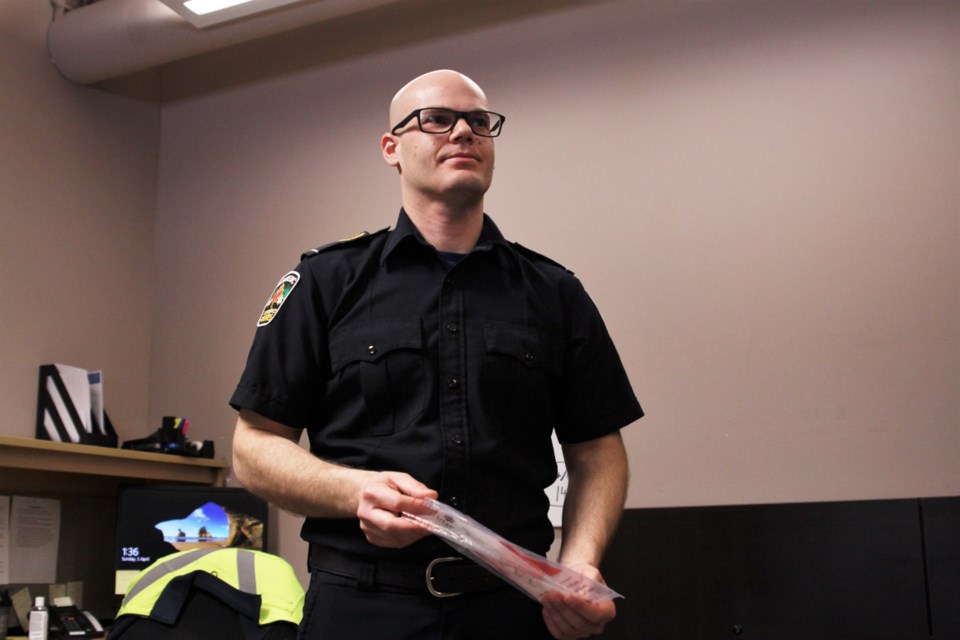THUNDER BAY – Thunder Bay district health authorities now have a new tool for COVID-19 testing. Some residents are now being tested at home, thanks to new mobile assessment units operated by Superior North EMS.
Community paramedicine coordinator Shane Muir said the unit makes testing accessible to those facing mobility, transportation, or childcare challenges. The service helps keep people who may be infected out of hospitals and isolated at home, he added.
EMS has performed about 50 at-home tests in the district since they began offering the service just over a week ago. Cases are referred by the Thunder Bay District Health Unit, which also provides test kits for the initiative.
Two mobile units are at work daily, making home visits to test for the virus using a nasopharyngeal swab. A single paramedic is required, reducing the use of personal protective equipment (PPE).
Paramedics don full PPE including a gown, gloves, masks, and goggles before entering the home. Muir said those precautions make testing a relatively low-risk procedure.
“With our specialized training, proper donning and doffing [of PPE], infection protection and control procedures, I believe there’s very minimal risk to our paramedics,” he said. “They’re well-prepared, they’re going in with the proper equipment and they’re trained and knowledgeable about the virus and how to protect themselves.”
Other procedures normally performed by EMS teams could bring greater risk of exposure to the virus. Some, such as the use of CPAP for respiratory emergencies, have been suspended entirely. Others, like the use of CPR or positive-pressure ventilation, can still be used, but only in enclosed areas where members of the public could not be exposed.
The pandemic has impacted operations in other areas, too. Patients are screened for exposure to the coronavirus over the phone before vehicles are dispatched, and again before paramedics approach them. In possible cases of exposure, responders don PPE, and vehicles are fully disinfected after returning from the call.
So far, though, Muir said those issues haven’t affected EMS response times. The service hired on additional cleaning staff to disinfect vehicles, which can take about two hours, to keep paramedics available.
Muir expected to see further spread of the virus in the district and was clear-eyed about the strain that could put on the health system. But he said he’s been encouraged by how the local health system has responded.
“As this pandemic ramps up, we will be there to support the community,” he said. “We’ve had an overwhelming response from our front-line paramedics to help out any way they can. Overall, the health care system has really joined together to provide the best service we can.”
Muir and other staff emphasized that the public can help health care workers respond and keep the community safe by staying home as much as possible, and following public health advice.
